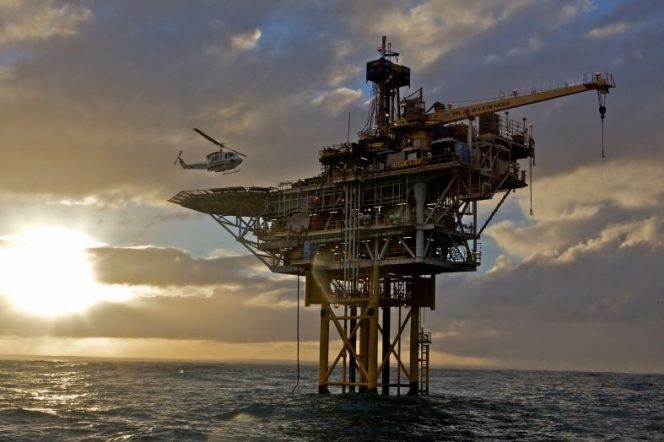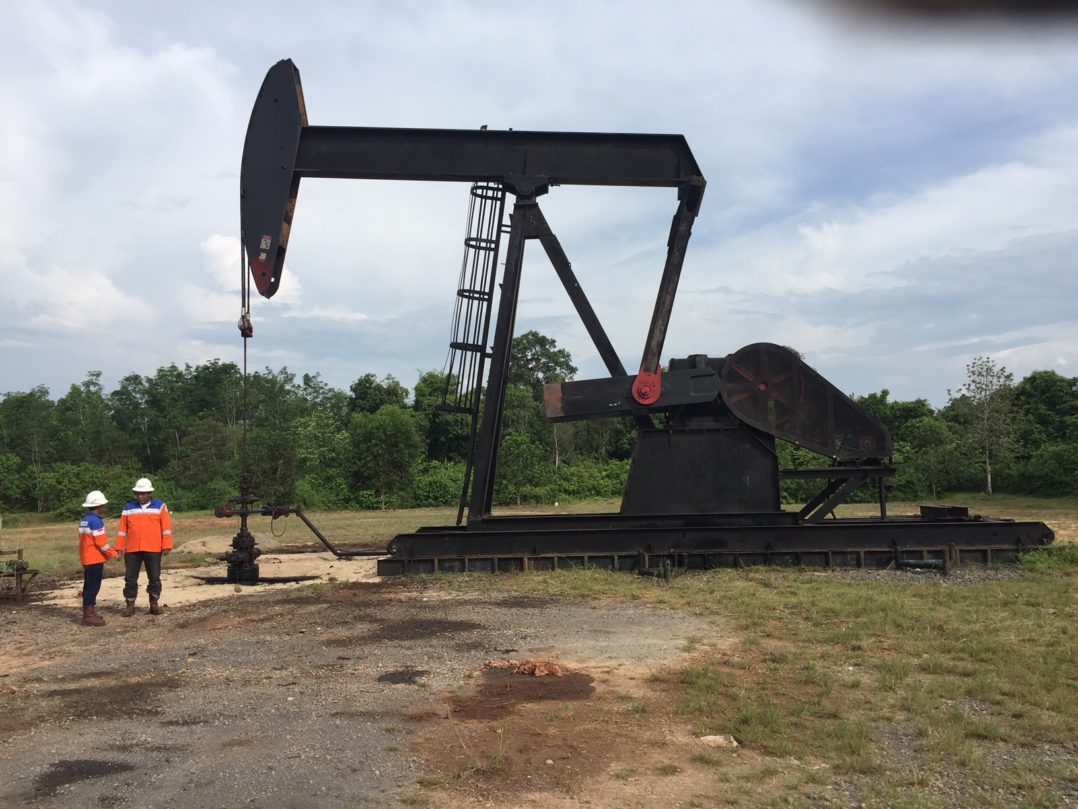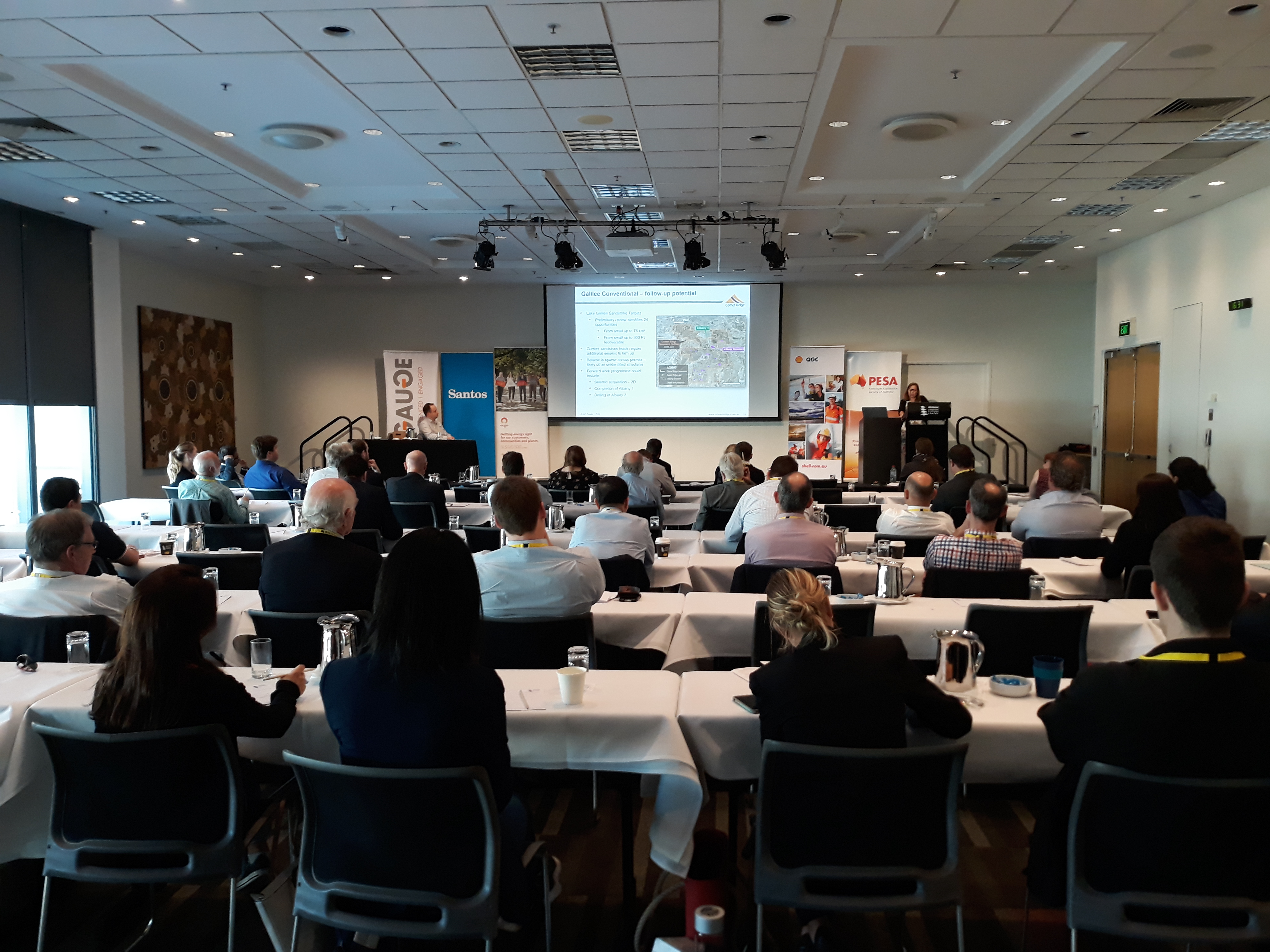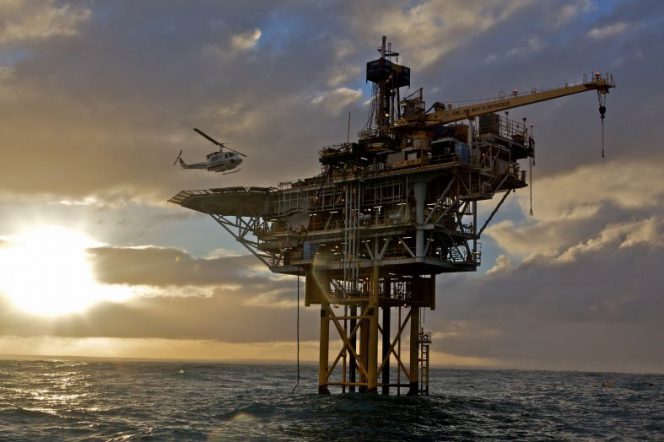Perth-based Triangle Energy has announced that a recently completed static model has unveiled a prospective resource estimate of up to 29 million barrels of oil at its Cliff Head field in the Perth Basin.
This represents an 80% increase over previous estimates of 15.7MMbbl in a discovery located 10km offshore in depths of 15-20 metres.
The ASX-listed junior explorer said the “near field” prospects are located in close proximity to Cliff Head’s discovered, producing reservoirs where future potential development was well positioned to take advantage of existing pipelines and infrastructure.
The company said oil initially-in-place in the discovered areas, along with associated reserves and contingent resource values, would be reported once dynamic modelling was completed in the third quarter of this year.
Triangle Managing Director, Rob Towner, said full field re-modelling and subsurface re-interpretation included remapping and geological modelling extended to cover four recognised field exploration areas: The NFE West (A1), South (A2), South East (A3) and CH5 (A4) areas.
According to Triangle, the static model shows that in addition to OIIP volumes and potential to recover further resources and reserves from already discovered and producing reservoirs, “there is prospective OIIP of up to 29 million barrels in seven targets across the four near field exploration areas”.
“For an assumed recovery factor up to 35%, this could result in a (unrisked) recoverable volume of 10.2 million barrels from these near field prospects,” Triangle Energy said.
Mr Towner said the latest result from the static model completes the picture on what the future of Cliff Head could look like.
“In addition to the immediate production enhancement opportunities and a potential development project in the Main Cliff Head discovered field, as outlined in an announcement released on 2nd July 2018, the static model defines a near field exploration potential that could lead to a multi-phased field development program, potentially recovering a further 10.2 million barrels (unrisked, best estimate) and extending field life into the 2030’s and beyond,” Mr Towner said.





